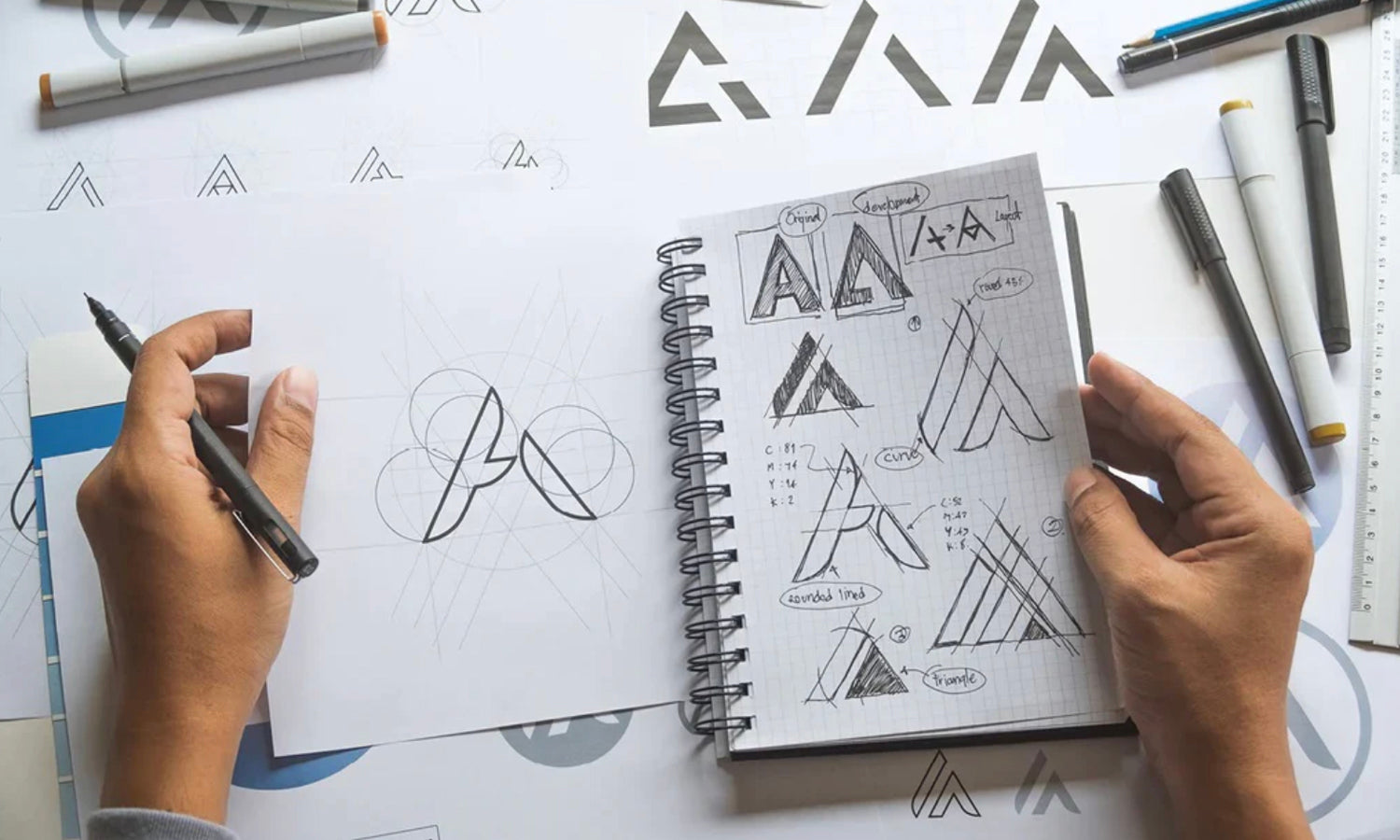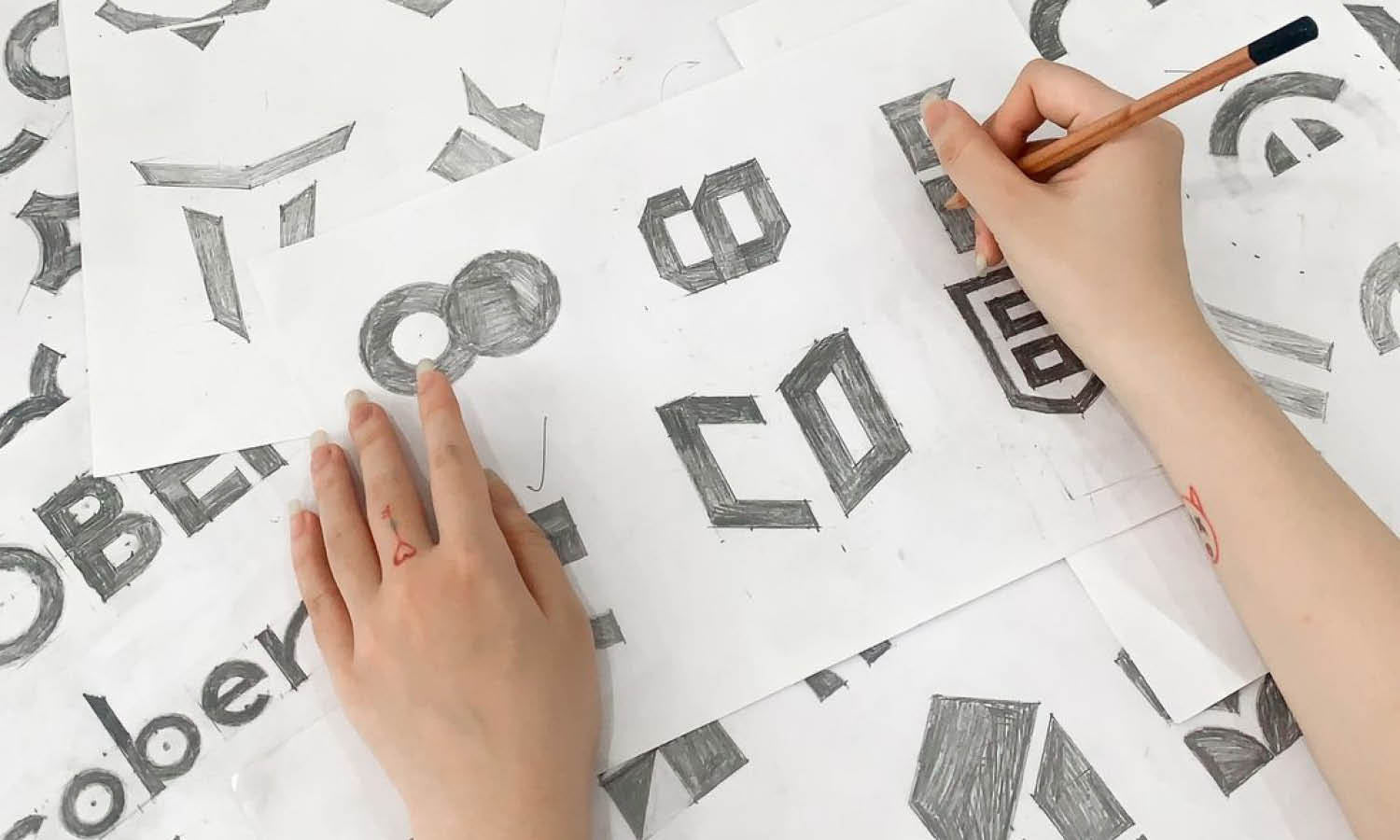The Future of Logo Design with Artificial Intelligence

The world of logo design is undergoing a significant transformation with the rise of artificial intelligence. What was once a manual, time-intensive creative process is now being enhanced by intelligent algorithms that can generate ideas, optimize visuals, and adapt to brand-specific needs. Designers today are no longer confined to traditional tools and methods; instead, they are collaborating with AI-driven platforms that offer efficiency, insight, and new creative possibilities.
Artificial intelligence introduces not just automation but intelligent assistance. From generating initial concepts based on a few prompts to refining typography and adjusting color schemes, AI can support each stage of the logo creation journey. These tools are designed to learn from data, interpret user intent, and produce visuals that align with brand identity—all in record time.
While some fear that AI might replace designers, the reality paints a more collaborative picture. Human creativity, intuition, and storytelling are still at the heart of impactful design, while AI acts as a powerful co-pilot, handling the technical and repetitive tasks. As technology continues to evolve, so too does the role of the designer—one that now blends artistic vision with machine intelligence to deliver logos that are smarter, faster, and more adaptable than ever.
Faster Turnaround Times for Logo Projects
One of the most noticeable advantages of integrating artificial intelligence into the logo design process is the dramatic reduction in turnaround time. Traditional logo development often takes days or even weeks—starting from client briefings to sketches, revisions, and final approval. With AI-driven tools, designers can generate high-quality logo concepts within minutes, streamlining early-stage ideation and reducing the overall project duration.
AI platforms can interpret user inputs—such as business name, industry, and preferred style—and instantly produce a variety of visual options. This allows designers to bypass hours of manual iteration and focus instead on refining selected ideas. What once required back-and-forth communication can now be achieved in fewer steps, with better accuracy and speed.
Faster project completion doesn't mean compromising on quality. Many AI systems are trained on vast datasets of successful logos, giving them a strong visual understanding of balance, spacing, and aesthetic appeal. This technological support helps deliver well-crafted options that meet professional standards, freeing designers to spend more time on creative decision-making and strategic direction.
Hyper-Personalized Logo Concepts
The integration of artificial intelligence into logo design is revolutionizing the way designers tailor visuals to specific brands. One key innovation is the ability to generate hyper-personalized logo concepts—designs that feel custom-made for each business based on individual data points.
AI tools are equipped to analyze a brand’s industry, values, target audience, and even tone of voice. With this information, the system can suggest logo styles, symbols, and color palettes that align closely with the company’s identity. Rather than relying on generic templates, AI allows for a deeply customized approach that resonates with both the client and their customers.
For example, a health startup might receive logo suggestions that emphasize trust and wellness, using calming colors and organic shapes. In contrast, a tech firm may be presented with bold, futuristic visuals that reflect innovation and agility. These insights are not random—they are generated through machine learning that evaluates what has worked for similar brands and industries.
Assistance With Ideation and Inspiration
Every logo design project begins with an idea, but arriving at that initial spark can often be the most challenging step. This is where artificial intelligence proves to be a valuable tool for designers seeking fresh inspiration. Rather than staring at a blank canvas, designers can input keywords, brand values, or stylistic preferences into AI platforms and receive a wide array of conceptual directions.
These AI-driven suggestions are not random. They are generated based on data from thousands of existing logos, design trends, and brand success stories. This means the output is both varied and relevant—offering visual options that align with current industry standards while remaining adaptable to unique brand needs.
For creatives, this type of ideation support is a game-changer. It encourages experimentation and speeds up brainstorming without removing the human touch. Designers can quickly review and filter through dozens of ideas, refining the strongest ones into unique, high-impact solutions.
Additionally, AI tools can spark unexpected combinations—mixing geometric shapes with nature elements or blending typography styles in ways that may not have been initially considered. This expands creative thinking and fuels innovation. In short, artificial intelligence enhances the exploratory phase of logo design, giving designers a richer visual vocabulary to work with from the start.

Automated Color Palette Selection
Choosing the right color palette is one of the most critical decisions in logo design, as color strongly influences perception, emotion, and brand recall. With the help of artificial intelligence, designers can now access data-driven insights to select color combinations that are not only aesthetically pleasing but also strategically aligned with a brand's message.
AI-powered design tools analyze color psychology, industry trends, and even demographic preferences to generate tailored palettes. These suggestions are based on the emotional tones that different colors evoke—such as trustworthiness in blue, energy in red, or calmness in green. This ensures that the color choices in a logo support the intended brand personality and customer perception.
Moreover, AI helps maintain harmony across all design elements. It can automatically suggest complementary, analogous, or triadic schemes based on a single input hue, saving time and reducing the guesswork typically involved in manual palette creation.
Designers still maintain control of the final look, but AI serves as a powerful assistant by filtering out weak combinations and highlighting ones with stronger impact. Whether the goal is subtle sophistication or bold contrast, AI simplifies the process of color decision-making in logo design.
Style Matching Across Brand Assets
Consistency is key in branding, and artificial intelligence is now playing a vital role in maintaining visual harmony across all brand elements—including logo design. When a logo needs to integrate seamlessly with business cards, websites, packaging, or social media assets, AI can help ensure that every design component aligns stylistically.
AI tools can analyze the existing brand identity—examining elements such as typography, color schemes, iconography, and shapes—and apply these characteristics to new visuals. This means when a logo is updated or newly created, the system can recommend complementary designs for headers, banners, or email templates, preserving a cohesive look.
More importantly, AI maintains brand tone across platforms. Whether the brand exudes minimalism, playfulness, luxury, or tech-savviness, AI-driven tools can carry this aesthetic across all visuals. This reduces manual adjustments and subjective guesswork, especially when collaborating across teams or managing brand assets in different regions.
This feature is particularly helpful for agencies or large companies managing multi-channel marketing campaigns. With AI ensuring consistency, designers can work faster while upholding brand guidelines with precision. In logo design, style alignment is not just a bonus—it’s a necessity, and AI makes it easier than ever to achieve.
Accessibility for Non-Designers
Artificial intelligence has dramatically widened access to professional-quality logo design, especially for individuals and small business owners without a design background. Traditionally, creating a logo required hiring a designer, understanding visual principles, or learning complex software. AI platforms have simplified the process, making it possible for anyone to participate in the creation of their brand identity.
Many AI-powered design tools offer guided interfaces where users input their company name, choose from style preferences, and describe their business. From there, the system generates a selection of logo options tailored to the user’s responses. This opens the door for entrepreneurs, freelancers, and hobbyists to create meaningful brand visuals without a steep learning curve.
The output is more than just templated graphics. AI systems use machine learning to refine results based on industry standards, emotional tones, and effective composition. This allows non-designers to make informed visual choices that support their business goals.
Machine Learning for Visual Trends
The evolution of logo design is increasingly influenced by real-time data, and artificial intelligence—specifically machine learning—is at the core of this transformation. Machine learning enables systems to analyze massive datasets, detecting shifts in visual preferences, color use, typography trends, and stylistic patterns across industries and demographics.
With continuous exposure to updated content across digital platforms, AI tools learn what visual elements are gaining traction and which ones are becoming outdated. This empowers designers to make more informed choices during the concept development stage, ensuring their work reflects current design language without blindly following fads.
For instance, if minimalist logos begin to dominate tech branding, or if earthy tones become prevalent in eco-focused businesses, machine learning can identify these movements early and suggest relevant aesthetic adjustments. Designers can then incorporate these insights into their creative process while still maintaining originality and brand alignment.
Moreover, the application of artificial intelligence in logo design isn't confined to mere aesthetics. It encapsulates a broader spectrum, encompassing user experience, brand strategy, and market trends. This article delves into the multifaceted role of AI logo makers, exploring how they're reshaping the industry, the challenges they bring, and the future they promise. As we venture into this new age of digital creativity, it's crucial to understand how artificial intelligence is becoming an indispensable tool in the art of logo design.

Adaptive Logo Systems for Digital Platforms
In today’s fast-paced digital world, static branding is no longer enough. Logo design must now adapt to multiple screen sizes, user behaviors, and interactive environments. Thanks to artificial intelligence, designers can create adaptive logo systems that adjust seamlessly across digital platforms.
An adaptive logo system includes variations that work across mobile apps, websites, social media icons, and responsive layouts. AI helps automate the creation of these versions, analyzing how logos should scale, reposition, or simplify depending on where they appear. This is especially useful when dealing with limited space—such as in favicons, app icons, or small social media avatars.
AI tools can also predict how a logo might perform in various contexts and offer optimizations for clarity, visibility, and impact. For example, a logo with intricate details may be automatically simplified for smaller screens without losing its core identity.
This technology empowers designers to maintain brand consistency while enhancing user experience. Instead of manually redesigning each version, AI handles the technical adaptations, allowing creatives to focus on overarching style and storytelling.
Enhanced Typography Recommendations
Typography plays a crucial role in logo design, shaping the tone, readability, and memorability of a brand identity. With the integration of artificial intelligence, designers can now receive highly specific and insightful font recommendations tailored to each logo's purpose and context. AI systems are trained to evaluate thousands of typefaces based on form, style, legibility, and emotional impact, helping narrow down ideal choices for any design scenario.
These AI tools analyze variables such as brand voice, industry category, and target demographics to match the logo with typography that complements the message. For instance, a tech company may receive clean, modern sans-serif suggestions, while a luxury brand might be guided toward elegant serif or calligraphic fonts.
AI also assists with pairing typefaces for logos that incorporate both a wordmark and tagline, ensuring visual harmony and hierarchy. It identifies spacing issues, sizing inconsistencies, and contrast problems, making refinements that are often overlooked manually.
Language and Culture Sensitivity
As businesses expand into global markets, logo design must account for cultural nuance and linguistic interpretation. Artificial intelligence now plays a vital role in identifying and addressing potential cultural missteps before a logo is finalized. Through large-scale data analysis and language processing, AI systems can flag symbols, shapes, words, or colors that may carry unintended meanings in specific regions.
For example, a color that signifies prosperity in one country could represent mourning in another. A seemingly abstract shape may resemble an offensive symbol in a different cultural context. AI helps detect these sensitivities early, allowing designers to adjust their concepts accordingly and avoid brand-damaging errors.
Moreover, AI tools equipped with multilingual capabilities can evaluate typography, character readability, and text placement across various scripts. Whether a brand’s identity needs to work in Latin, Arabic, Cyrillic, or Asian alphabets, AI ensures that the core logo retains visual consistency and clarity in translation.
This kind of intelligence allows for the creation of logos that are truly international—logos that speak to diverse audiences while maintaining design integrity. Designers can move forward confidently, knowing their work respects cultural values and communication standards.
Conclusion
The integration of artificial intelligence into logo design is reshaping how visual identities are created, refined, and applied. From accelerating workflows and offering personalized concepts to enhancing consistency across platforms, AI provides practical solutions that support both designers and brands. It acts as a creative assistant, making technical tasks more efficient while still leaving room for human intuition and innovation. As this technology continues to evolve, designers who embrace AI tools will be better equipped to meet modern demands—delivering logos that are not only aesthetically strong but also adaptive, meaningful, and informed by intelligent data.
Let Us Know What You Think!
Every information you read here are written and curated by Kreafolk's team, carefully pieced together with our creative community in mind. Did you enjoy our contents? Leave a comment below and share your thoughts. Cheers to more creative articles and inspirations!
















1 comment
What ever the advantages we have by AI, It can’t replace the humans creativity and empathy, Never. So we use them assists but it’s not a entire thing. Thanks for letting us known the pro’s and con’s of AI in logo designing. Thanks for sharing this post.
Mindmade Technologies
Leave a Comment